1. Homer
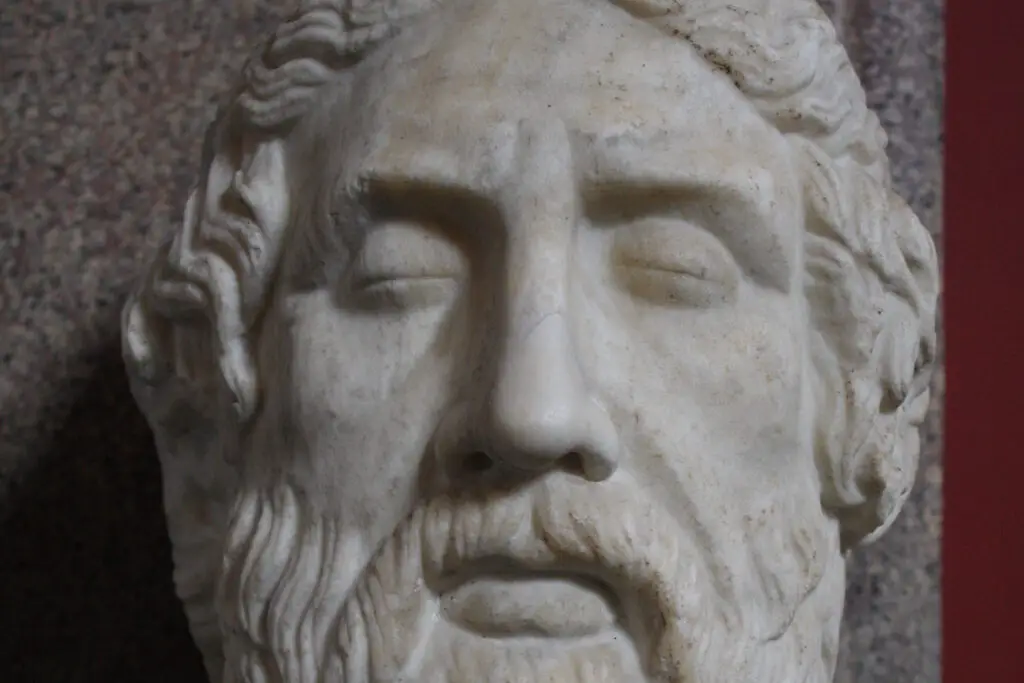
You’ve probably heard of Homer as the ancient Greek poet who gave us The Iliad and The Odyssey, but the truth is, no one can confirm he was a real person. Some scholars believe the epic poems were passed down orally for generations and only later written down by someone—or a group—who may have used “Homer” as a convenient pen name says Greek Reporter.
The inconsistencies in style and storytelling throughout the poems have led many to think multiple authors were involved. There are no contemporary records of Homer’s life, and even the dates attributed to him span centuries. Was he a blind poet wandering from town to town, or just a mythical figure we use to tie everything together? That mystery has kept classicists busy for centuries. If he was real, he sure knew how to spin a tale—but it’s entirely possible he never existed at all shares the Washington Post.
2. Mulan
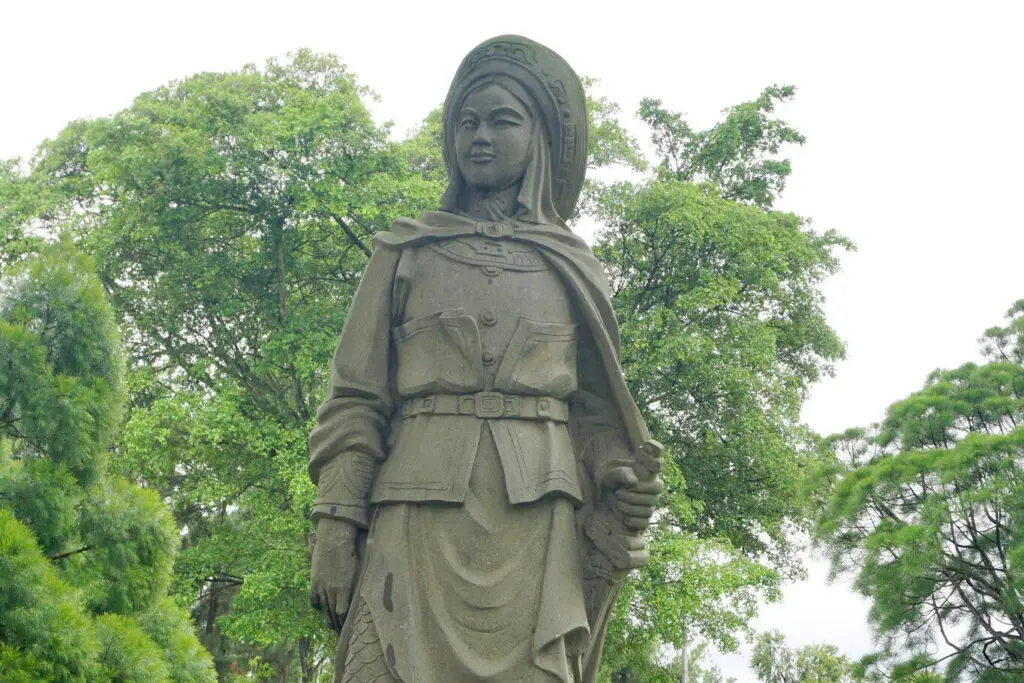
Disney made her a household name, but long before the animated version, Mulan was a character in Chinese folklore known for taking her father’s place in battle. The earliest version of her story comes from a ballad written during the Northern Wei Dynasty, but there’s no solid evidence she was based on a real person says Time Magazine.
She might have been a combination of several women or a fictional stand-in for female bravery during wartime. While historians have searched for military records and tomb inscriptions that mention her, nothing definitive has turned up. Still, her story has been retold for over a thousand years, which says something about its power. Even if she was made up, Mulan’s legacy feels very real to many. Whether warrior or myth, she remains a symbol of courage across cultures adds CBR.
3. King Arthur
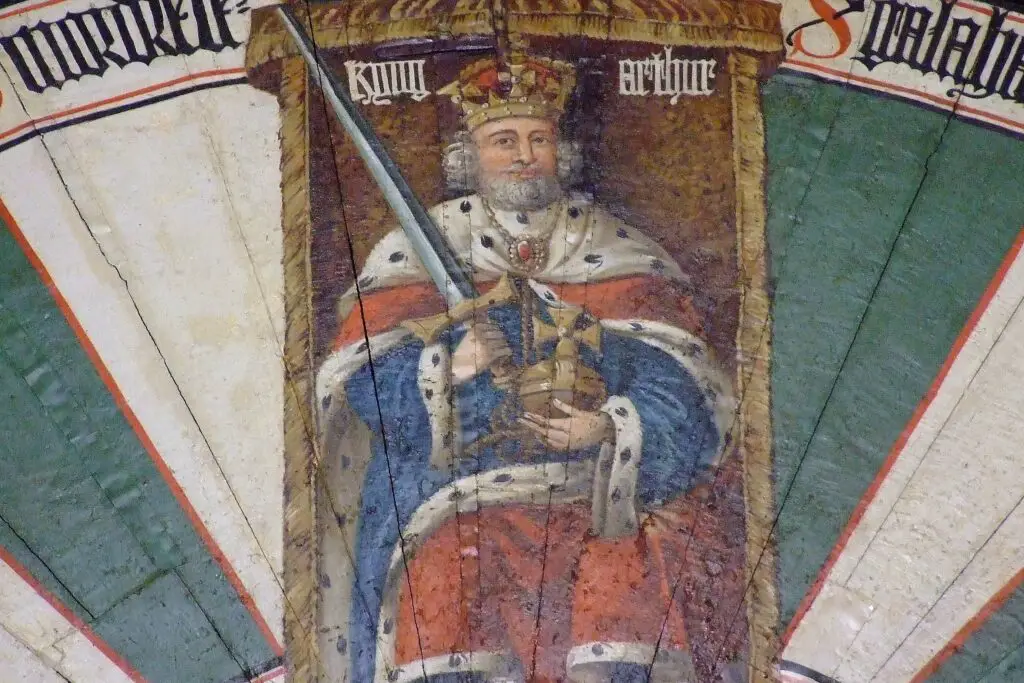
The sword in the stone, the knights of the round table, the wizard Merlin—it all sounds like the stuff of legend, because it probably is. While some historians argue Arthur may have been based on a real British leader who fought Saxon invaders, no definitive proof has ever been found.
Most of what we know about him comes from medieval romances written centuries after he supposedly lived. Add in magical swords, dragons, and a kingdom that might never have existed, and you’ve got more fiction than fact. People still visit Tintagel Castle in Cornwall hoping for a glimpse of Camelot’s past, though. Whether he was a historical warlord or pure myth, Arthur’s legend shaped British identity for generations. That’s a pretty big impact for someone who may have never walked the Earth.
4. Lycurgus of Sparta
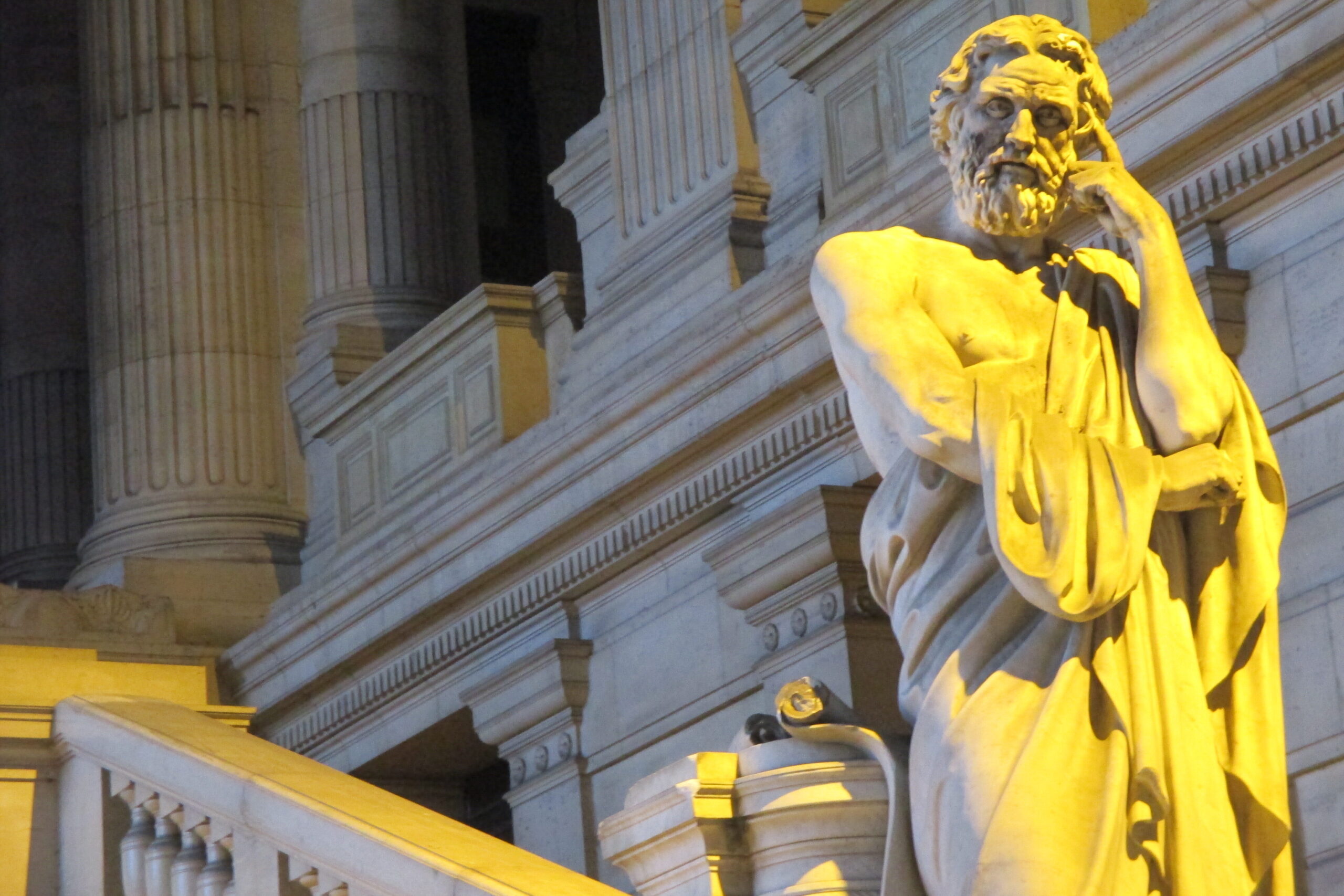
Lycurgus was said to be the lawgiver who turned Sparta into the disciplined, militaristic state we read about in history books. But here’s the thing—no one really knows when he lived, or if he lived at all. Ancient historians disagreed about whether he existed, and some even admitted they were unsure.
The reforms he supposedly created, like communal dining and mandatory military training, may have developed over time and been retroactively credited to a single person. It’s possible Lycurgus was invented as a way to legitimize the tough Spartan way of life. After all, having a wise founder makes a harsh system easier to swallow. Whether he was real or not, Lycurgus became the ultimate face of Spartan toughness.
5. Prester John
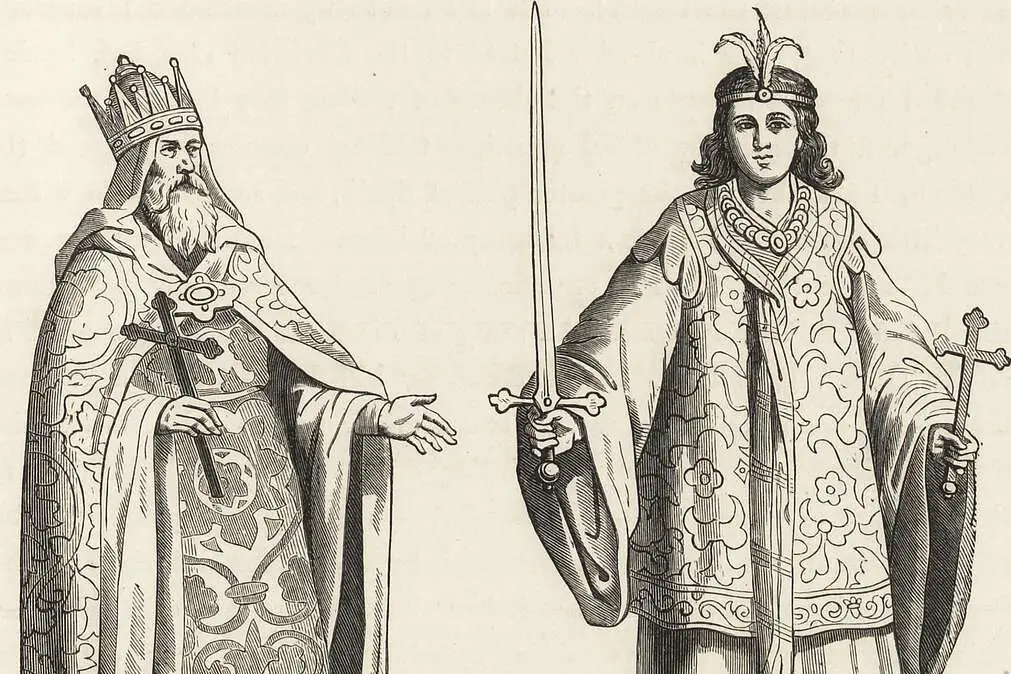
Prester John was believed to be a Christian king ruling over a wealthy and mysterious kingdom somewhere in Asia or Africa during the Middle Ages. Letters supposedly written by him were circulated in Europe and helped inspire exploration, but no one ever found him or his kingdom.
He was a symbol of hope for Europeans who dreamed of allies in far-off lands during the Crusades. But modern historians are pretty confident he never existed at all, and the letters were likely forgeries. Still, his legend spurred real events, including voyages by explorers like Marco Polo. It’s kind of wild to think one fake name on a letter could inspire so much global movement. Prester John may have been fictional, but he stirred up a whole lot of real-world ambition.
6. Robin Hood
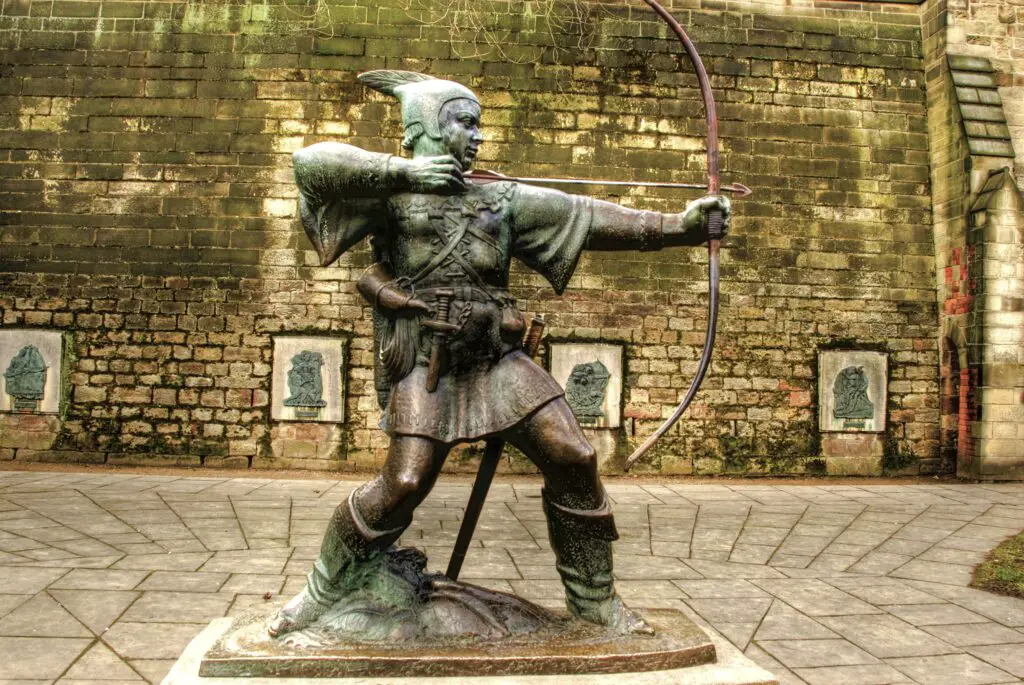
Robin Hood has gone from outlaw to folk hero to pop culture icon, but ask a historian about him, and you’ll probably get a shrug. While there were definitely bandits in Sherwood Forest, no records confirm a real man named Robin Hood leading them.
The name “Robin Hood” became a sort of catch-all for thieves and rebels in medieval court documents, which only adds to the confusion. Some think he was inspired by several real people whose stories blended together over time. The earliest tales about him didn’t even mention Maid Marian or Friar Tuck. It wasn’t until later ballads that his character became more fleshed out. Whoever—or whatever—Robin Hood was, the legend has outlived any truth behind it.
7. Pythagoras
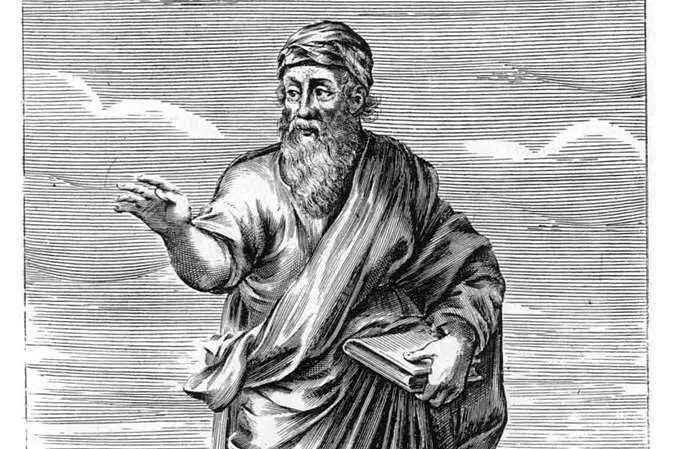
We’ve all learned the Pythagorean Theorem in school, but the man behind the name might be more myth than mathematician. There’s very little reliable information about Pythagoras, and the writings attributed to him were probably created by his followers long after his death.
Some accounts claim he could tame animals with his voice and remember his past lives—definitely eyebrow-raising stuff. It’s hard to separate the man from the myth when so many stories about him sound like tall tales. His teachings were passed down through a secretive group, which didn’t help preserve facts. In the end, we remember him more for what he represents than who he actually was. Real or not, his name stuck to one of the most famous math principles ever.
8. John Henry
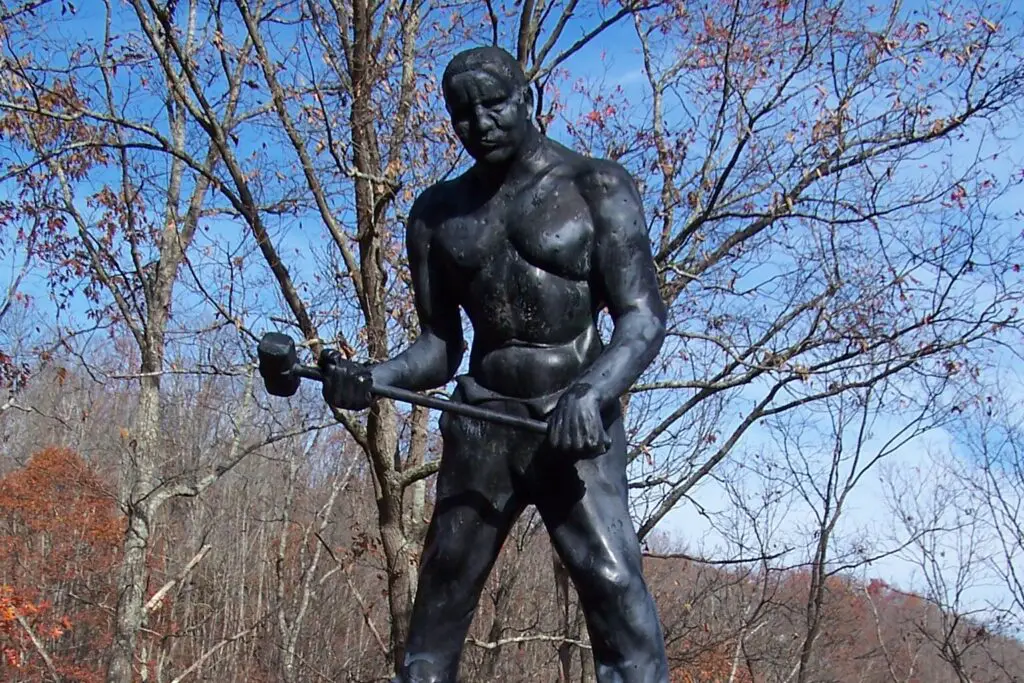
John Henry is the legendary steel-driving man who raced a steam drill and won, only to die with a hammer in his hand. He’s become a symbol of strength and determination, especially in African American folklore. But whether he was a real person or not is still up for debate.
Some researchers have tried to connect him to convicts who worked on railroads, but no single person fits all the details of the legend. His story likely grew from the struggles of real laborers facing brutal conditions. Over time, those stories were shaped into something bigger, more heroic. That’s part of why John Henry still resonates—he might not be one man, but rather a whole community’s voice. Even if he never lived, he represents something very real.
9. Ned Ludd
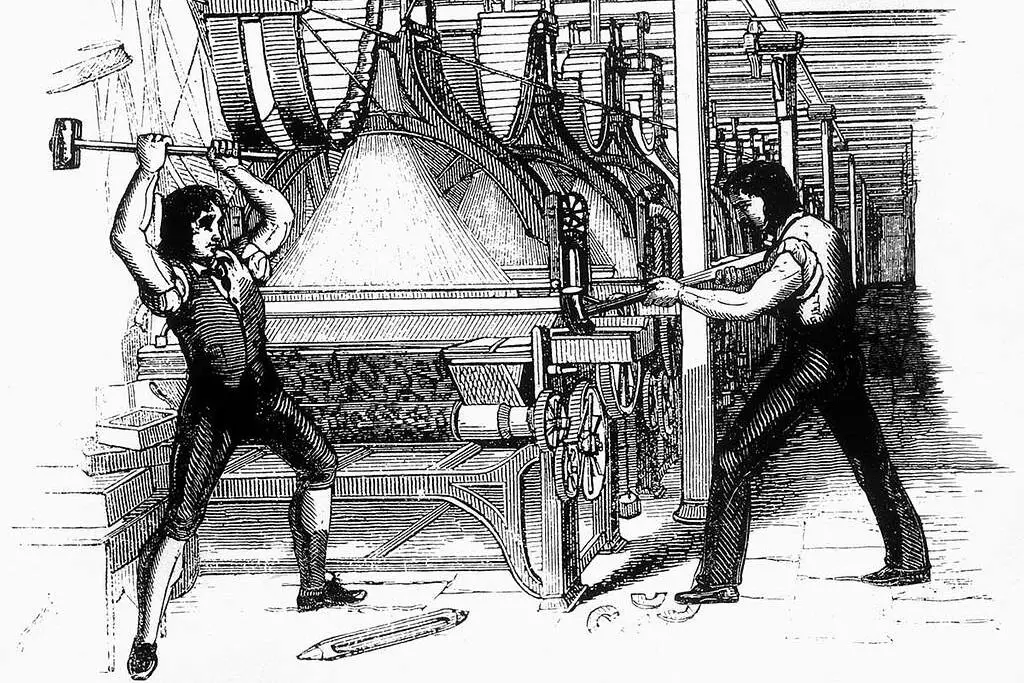
You’ve probably heard the term “Luddite” used to describe someone who’s anti-technology, and it all started with Ned Ludd. He was supposedly a worker who smashed textile machines in the late 1700s, inspiring a movement that resisted industrialization. The problem? There’s no proof he ever existed.
Most historians think he was invented as a mascot or figurehead by the real workers behind the rebellion. His name gave people a symbol to rally around, which made organizing easier and safer. It’s easier to blame a mythical man than track down dozens of angry factory workers. So while “Ned Ludd” may have just been a clever invention, the frustration he stood for was very real.
10. William Tell
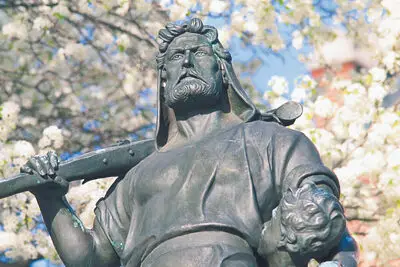
William Tell is the Swiss hero who shot an apple off his son’s head and sparked a rebellion against Austrian rule. It’s a great story full of tension and triumph, but there’s no hard evidence it actually happened. The earliest versions of the tale didn’t appear until centuries later.
Some historians believe the story may have been borrowed from older legends and adapted to fit Swiss nationalism. It’s even possible Tell never existed and was simply a tool for uniting people under a common cause. That hasn’t stopped the Swiss from embracing him wholeheartedly. His statue stands tall in Altdorf, and his tale is taught in schools. Real or not, he became a symbol of resistance that inspired generations.
11. Sybil Ludington
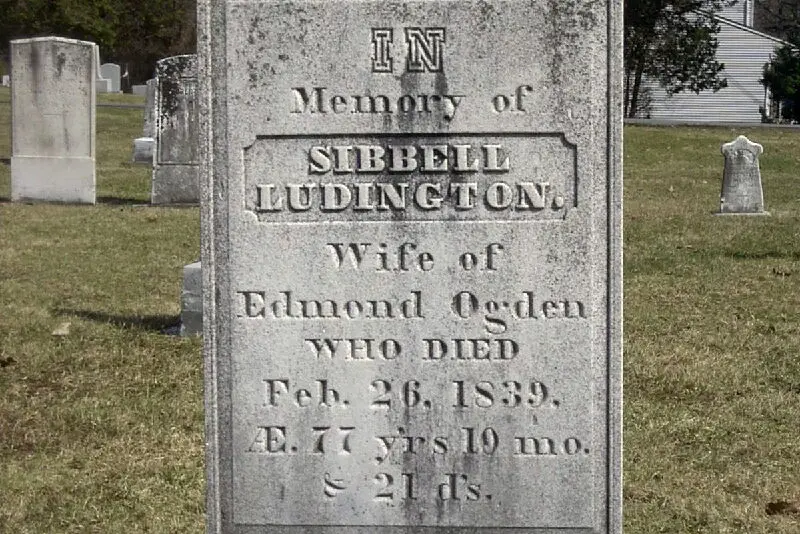
Sybil Ludington is often called the “female Paul Revere,” said to have ridden 40 miles on horseback to warn of British troops during the American Revolution. Her story is dramatic and inspiring—but it didn’t appear in print until nearly a century later. There are no firsthand records from the time confirming the ride took place.
It’s possible the tale was embellished or entirely invented by later writers looking to highlight women’s roles in the Revolution. Her story has become part of patriotic lore, complete with statues and commemorations. But even supporters admit there’s not much documentation to back it up. Whether or not Sybil rode through the night, the story has endured, showing how eager we are to believe in youthful bravery.
12. Kokopelli
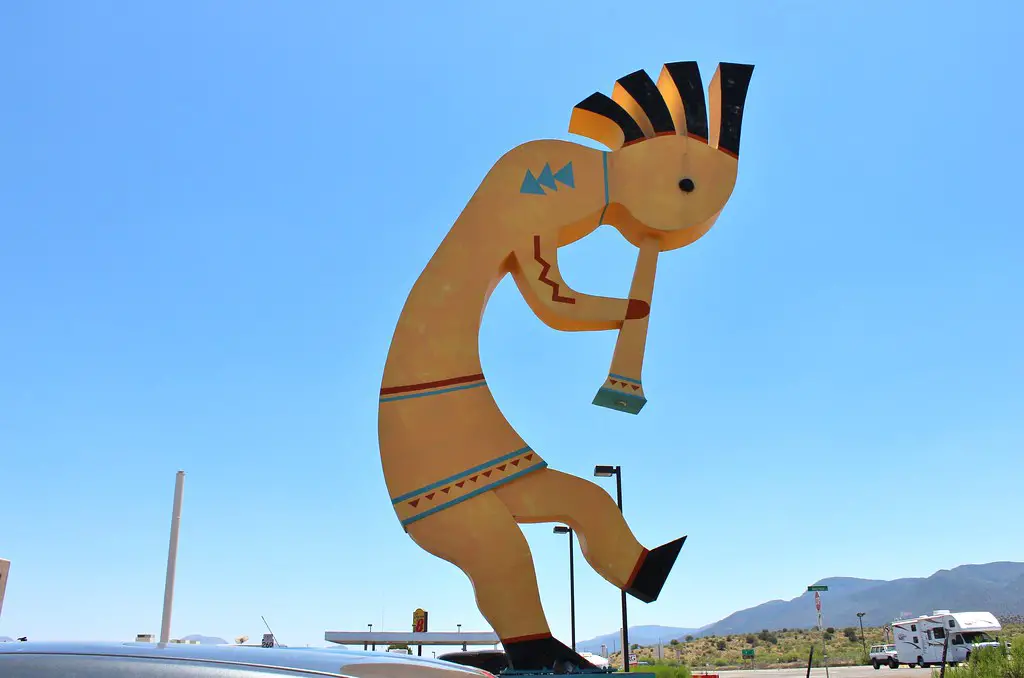
Kokopelli is that familiar flute-playing figure seen in Southwestern art, often associated with fertility and harvest. He pops up in petroglyphs and oral stories from Native American tribes, but it’s hard to pin down exactly who—or what—he was. Some say he’s based on a real trader or shaman, while others view him as purely mythical.
Over time, his image has been commercialized and spread far beyond its original context. There’s no solid historical record that confirms his origins, and interpretations of what he symbolized vary from tribe to tribe. In many ways, Kokopelli is less a person and more a spirit or idea. Whether invented or not, he remains one of the most recognizable figures in Native American iconography.
